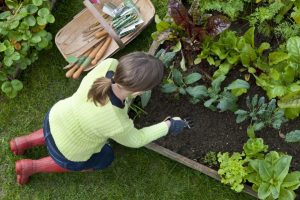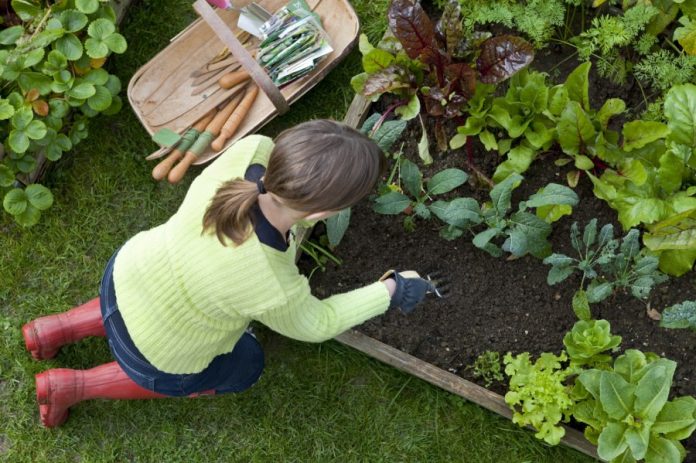 Southern Denton County hugs the edges of USDA hardiness zones 7b and 8a.
Southern Denton County hugs the edges of USDA hardiness zones 7b and 8a.
Some winters, like this past one, we don’t get much cold. We did get a spring planting vegetable crapshoot because of a late two-day freeze.
Cold weather seeds and seedlings did not care. But, if you got carried-away putting in tomatoes and cucumbers; they probably died.
Particularly if you are new to the area, take a minute to review the Agri-life Extension Service suggested vegetable spring planting schedule below.
Irish potato pieces, onion sets, green onion, lettuce, beet and pea seeds went in the ground Feb. 10-March 1. You had until March 5 for parsley and March 10 for rhubarb. If you hurry at breakneck speed, you may still put a lot of this stuff in successfully.
Leek seeds had a short planting window of Feb. 10-25, so you’re out of luck now.
Asparagus crowns, broccoli and cauliflower transplants, cabbage, carrot and spinach seeds went in the ground February 15-March 1. If you have space, take your chances with these cold-loving plants.
If you rush to the store for seedlings, then rush into the garden to plant RIGHT NOW, you will likely do okay with the following.
Tomato starts go in the ground from March 15-April 15. Tomato starts should be in flower around April 15 if you’re in a rush for fruit before the 100-degree weather hits.
Sweet corn and cucumber seeds go in the ground March 20-May 1. Corn has the same planting window from March 20-May 1.
Bean seeds go in the ground March 20-April 20. No need to panic with all these if you’re just starting the garden now.
Watermelon seeds go in the ground March 25-April 15. The planting window for squash and zucchini seeds is March 25-May 1. You can still do these.
Halloween pumpkin, salad pepper, cantaloupe and eggplant seeds go in the ground April 1-May 1.
Sweet potato slips go in the ground April 15-May 15.
Seeds and plants are living organisms that react to their environments. Having been stung by late frosts, I put my warm-weather seedlings in the ground between April 15 and mid-May most years.
February was the time to germinate warm-weather vegetable seeds indoors. Those seedlings, however, don’t go in the ground April 15 or later. If you still want to germinate, put seeds directly in the ground as the odds of frost after May 1– in North Texas– are zilch.
After germination in the ground, install mulch several inches deep around the main stem of each seedling, or group of seedlings, in the case of melons and cucumbers.
If you install seedling plants, dig the hole deep enough to plant all the stem up to the third set of leaves, just below the growing tip. The underground stem will produce roots.
In both cases, leave a four-inch diameter ring of unmulched soil around the above-ground stem(s), so water can penetrate effectively.
During the full season, heat– as the stem diameter grows– widens the diameter to accommodate effective watering. When the air turns plain old hot, add mulch to the existing layer. Six-inches of mulch is not too much. Check it with a ruler.
There is such a thing as too much water.
How do you tell?
Well, for starters, lower leaves will turn yellow. Leaves will curl up tight. New seedlings can pick-up waterborne fungi you can’t see with the naked eye. The little plant will just keel over. This is called damping off. There’s no cure, so try again with a new plant and less water.
Plant hydration is a learned art.






.jpg)


.jpg)





